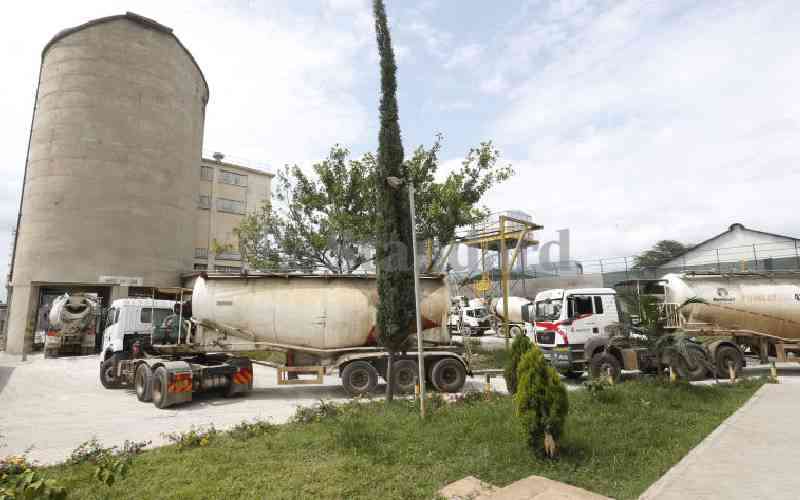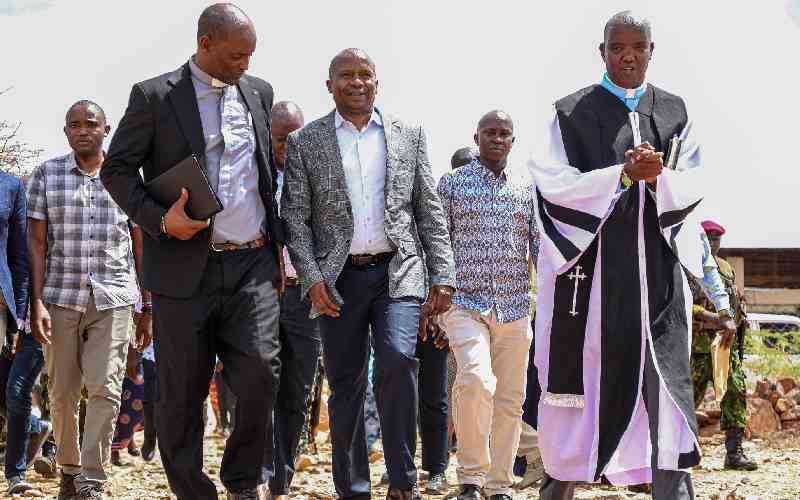The concept of digital customs is anchored on the Kenya Revenue Authority’s (KRA) belief that technology holds the key to the successful management of all tax administration processes.
In this regard, KRA has prioritised the development of technology solutions for all aspects of our business operations.
First, the long-awaited Integrated Customs Management System (iCMS) has come on stream with rollout currently in progress.
To date, we have rolled out the system for Air Cargo operations and the management of air passenger declarations.
Roll-out to cover Marine Cargo operations is in progress with target to complete the process within January 2018.
The iCMS replaces the 12-year old SIMBA system and brings on board key innovations including automated valuation benchmarking, automated release of green-channel cargo, importer validation and declaration and linkage with iTax.
The automated valuation-benchmarking feature enables Customs to use system in-built values to interrogate declarations that fall outside tolerable limits.
This will substantially address the perennial problem of cargo undervaluation, which is a major source of revenue leakage.
In the future, cargo for taxpayers who hold Authorised Economic Operator (AEO) status shall be system-released once pre-determined in-built controls are validated. In the past, importers did not have the opportunity to validate declarations done by clearing agents.
This lapse has occasioned fraud opportunities where importers are duped into paying money in excess of what KRA receives.
The new importer declaration and validation feature on iCMS will prevent such fraud schemes.
Validation
In addition, the iCMS comes with two-way iTax integration which enables data sharing on those who import to enable follow up on domestic tax declarations.
Those who import but fail to make domestic tax declarations will automatically be locked out of further importation.
The same facility will apply for persons involved in exportation.
Stay informed. Subscribe to our newsletter
There are other key features including the auto population of Customs declarations from shipping data, the creation of an online virtual auction, which enables any Kenyan to bid at Customs auctions and the provision of an automated tariff facility which effectively empowers any person to make a Customs declaration.
This latter feature means that in the not too distant future, Kenyans will be able to make Customs declarations without having to depend on Clearing Agents.
The second initiative that is taking shape is the Scanner Integration Project, whose objective is to enable Customs take electronic control of cargo scanning operations. Previously scanning operations were localised at the point of scanning, meaning that Customs leadership did not have ongoing visibility about scanning operations.
The integration project has fundamentally altered the game plan with Customs headquarters in Nairobi, now enabled to supervise, interrogate and take decisions about scanning operations.
The implication of the new development is profound for the following reasons.
First, we will address the long running challenge of avoiding physical contact between image analysts and cargo owners.
Second, we will develop centralised expertise in image analysis and decision-making. Third, we shall establish effective control over scanning operations through centralization and knowledge sharing.
Cargo monitoring
The other key electronic initiative is the Regional Electronic Cargo Tracking System (RECTS) launched in March 2017.
This has given Customs complete visibility over transit cargo operations not just within Kenya but across the entire Northern Corridor into the DRC.
This non-intrusive capability to monitor cargo movement has not only drastically cut down opportunities for diversion but has in addition markedly improved cargo transit times through elimination of driver-initiated delays.
The RECTS has been extended to the tracking of sensitive exports, especially tobacco and spirits which have also been the target of dumping.
Finally, all these systems necessitate the creation of adequate computer processing power in order to function effectively.
For this reason, KRA has in the past one year built a comprehensive Data Centre with a capacity to serve the institution for the next five years.
In commissioning the New Data Centre, KRA has also achieved a long running ambition to create full-back capability in order to address Business Continuity.
The sum total of these and other implemented or planned automation programmes is to provide KRA with electronic control over all its operations, thereby enabling better resource mobilisation and public service delivery.
Mr Njiraini is Commissioner General of the Kenya Revenue Authority (KRA), [email protected]
 The Standard Group Plc is a
multi-media organization with investments in media platforms spanning newspaper
print operations, television, radio broadcasting, digital and online services. The
Standard Group is recognized as a leading multi-media house in Kenya with a key
influence in matters of national and international interest.
The Standard Group Plc is a
multi-media organization with investments in media platforms spanning newspaper
print operations, television, radio broadcasting, digital and online services. The
Standard Group is recognized as a leading multi-media house in Kenya with a key
influence in matters of national and international interest.
 The Standard Group Plc is a
multi-media organization with investments in media platforms spanning newspaper
print operations, television, radio broadcasting, digital and online services. The
Standard Group is recognized as a leading multi-media house in Kenya with a key
influence in matters of national and international interest.
The Standard Group Plc is a
multi-media organization with investments in media platforms spanning newspaper
print operations, television, radio broadcasting, digital and online services. The
Standard Group is recognized as a leading multi-media house in Kenya with a key
influence in matters of national and international interest.








